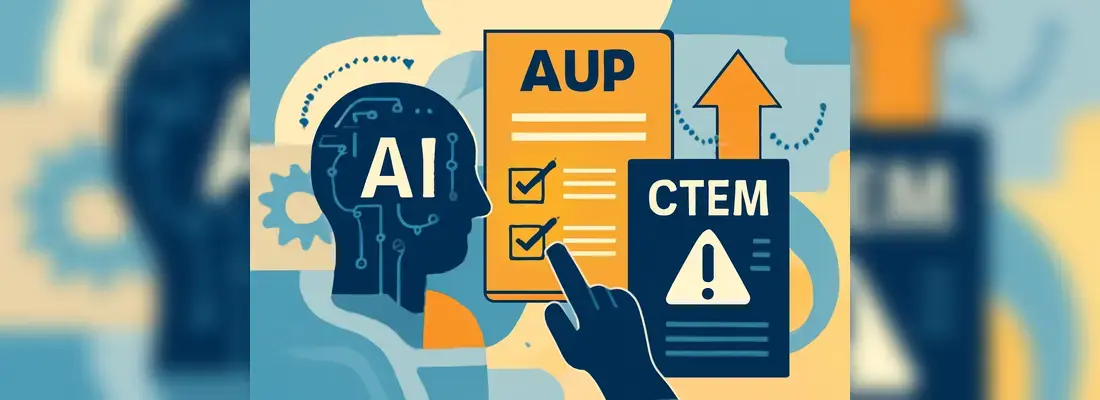Date: 26 April 2024
Best Secure Coding Practices
Avoid shortcuts at all costs
Coding can be daunting, especially when handling multiple projects. Thus when you are hiring overseas developers to join your project some coding rules should be adhered. Students and experienced coders often adopt common shortcuts to ease their work or save time. While this strategy might be effective in the short run, it could lead to unforeseen security threats. If you are working on a tight schedule consider professional and ethical coding homework help services. You can work on other tasks as trained experts develop a secure code for you. Don’t risk giving access to your code through hardcoded credentials and security tokens in shortcuts.
Input validation
Your code must validate all inputs regardless of the importance of the amount of data derived from the source. Input validation involves developing restrictive measures to prevent users and coders from sourcing data from unvalidated sources. Your software should deny access to unvalidated input, including any unvetted files, databases, and tools including keyboards or virtual networks.
Output encoding
Accessibility threats extend beyond the software. You must protect your users' data from unauthorised access in transit through output encoding. Transform your data to safe formats to prevent interference. Output encoding protects your site from XSS attacks, where the browser may interpret untrusted data as part of the code. Attackers can also use this tactic to access cookies and interfere with your system’s functionality. They can redirect users intercept information hijacking sessions and preventing users from using your system. Use output encoding for end-to-end safety.
Cryptography
Always use the best available cryptography techniques to maximize safety and avoid unidentified risks. These strategies help encode your user information, including input data such as passwords and communication. While output encoding is necessary, it is not always sufficient. You must take your encoding an extra mile by encrypting other types of data interacting with your system. Create a requirement for all transmissions to be encrypted, especially if your system will have external users.
Update and patch code
Regular updates and patches are necessary for maximum security. Establish a working change management policy that outlines the circumstances necessitating change and processes of implementation. Your team should understand the steps involved in making necessary changes to fix bugs or eliminate vulnerabilities. You should also outline the standard operating procedures, including introducing new and improved features. This strategy should apply at all phases of development. Thus, the change management policy should outline the need for testing updates and patches before deployment.
Logging and monitoring
Logging maintains a record of all activities in your programme. This strategy helps identify a potential threat and develop mitigation measures early. Monitoring helps identify traffic types and appearances that may indicate vulnerabilities or potential threats. Monitoring implies vigilance against malicious activities. Secure coding techniques extend to log management and storage. All activities should be logged correctly and stored in a limited-access location. Only authorised persons should access the logs.
Secure Software Development Lifecycle (SSDLC)
Embed secure coding practices into your development lifecycle. Adopt the secure software development lifecycle to identify potential threats and model your code to maximise security. SSDLC principles start from the planning stage and extend to the maintenance phase. It includes establishing a secure development policy outlining the requirements and expectations for all stakeholders. You must also establish a safe development environment to safeguard your code from safety breaches at the development stage.
Training and awareness
The coding team should undergo relevant security and safety training. Ensure your team understands the importance of secure coding and its implications. The coders must learn to identify threats and abide by basic response mechanisms to avoid potential consequences. Training also improves your stakeholder’s understanding of secure coding best practices. It improves your team's coordination and operation strategies. For younger audiences, introducing the concept of programming through platforms focused on coding for kids can build a foundation of skills and awareness early on, fostering an understanding of secure coding principles from the start.
Quality assurance
Like any other important task, coding should have a quality assurance mechanism. Ensure your project development lifecycle has a review and quality testing stage. You should have a strict quality assurance review before deployment to analyze the potential vulnerabilities and fixes. Quality assurance also ensures that the system can perform the tasks it was designed to perform. This should include source code audits to identify major flaws in the code or recommend improvements.
Halt deployment in cases of vulnerabilities
One of the most effective life skills is the ability to hope for the best and prepare for the worst. Software development entails complex processes and systems with multiple layers. Ignoring or postponing patches and updates to minor vulnerabilities sometimes seems easier. However, these issues may form the basis for significant security threats. Thus, secure coding involves resolving all security issues before deployment. You must also avoid implementing vulnerable components. Avoid using open-source codes and hacks that might jeopardize your project.
Consider obfuscating your code
One of the most common security threats in software development is reverse engineering. Ensure your code is not too obvious by making it slightly challenging for potential hackers. You may encrypt parts of your code with different encryption techniques to deter an obvious hack. However, hackers can still penetrate standard encryption techniques. Hence, you must incorporate various obfuscating techniques, including dummy codes and metadata.
.webp?width=700&name=204893976_m_normal_none%20(1).webp)







